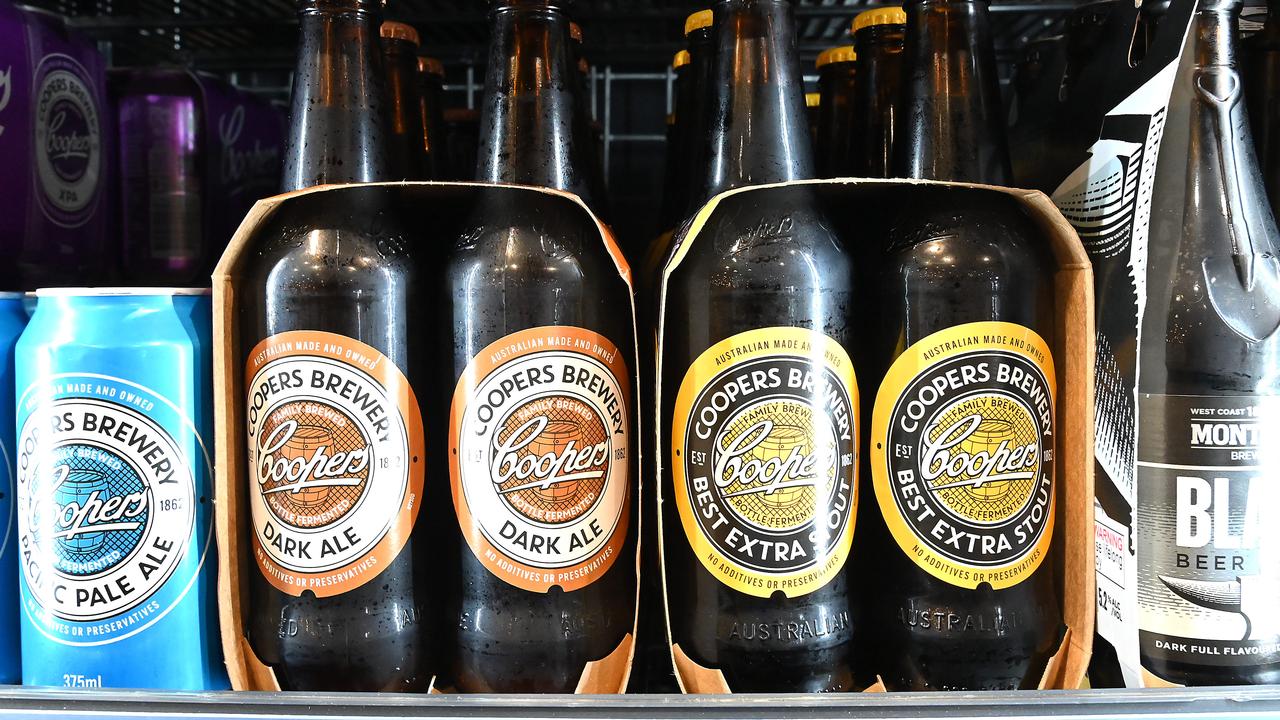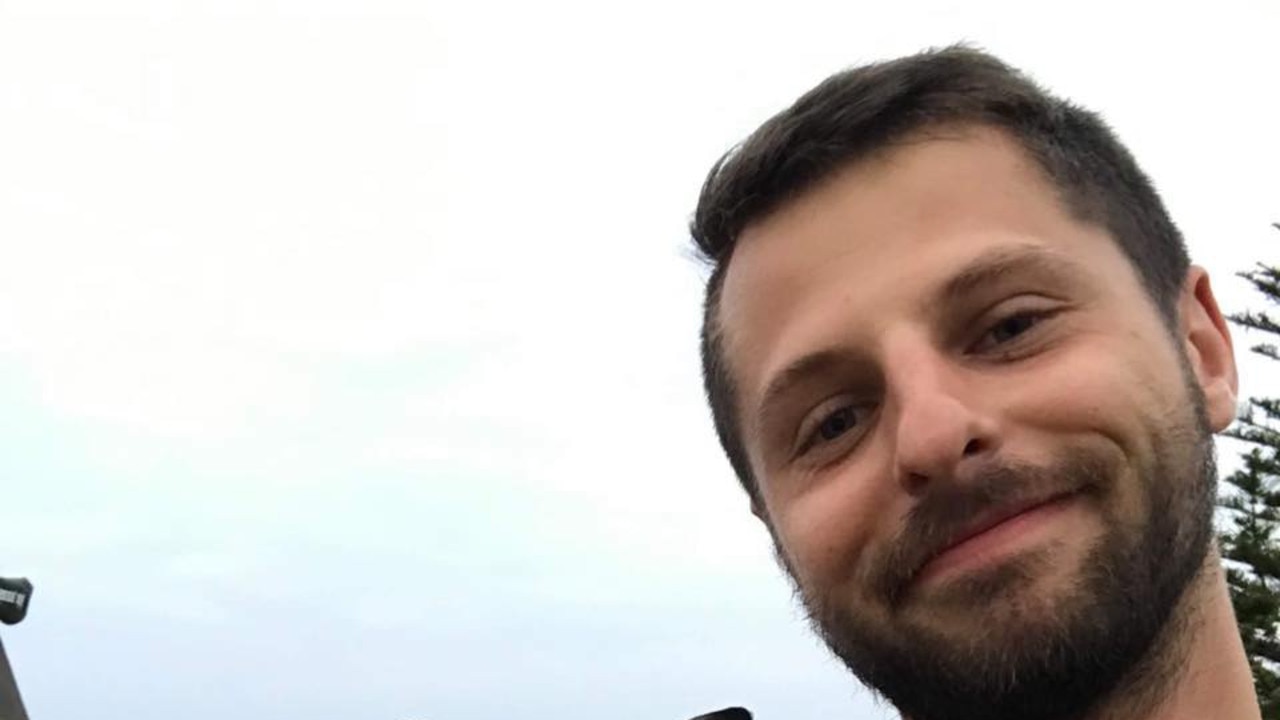Coronavirus Australia: Some states may have been too successful in combating virus
Zero new virus cases across multiple states is looking increasingly likely, but it’s causing a headache amid fears a two-speed Australia could emerge.
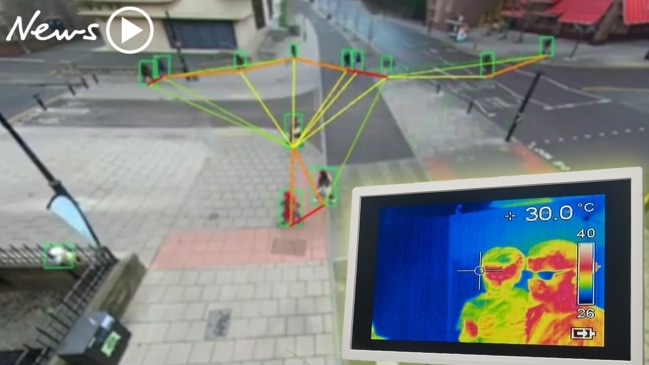
Every day, the numbers come in of the new coronavirus cases in Australia. Most days, thankfully, it’s a trickle of fresh infections; on some a few more.
But when was the last time you remember hearing about a new COVID-19 case in Canberra? If you can’t recall, that’s because it was an impressively long time ago.
The Australian Capital Territory last recorded a case, just a single infection, on May 2. If they can make it through this weekend, the capital will have gone a month with zero cases.
A cause for celebration, indeed. But achieving zero cases is also a cause for concern, a virus expert has said, because it starkly reveals that when it comes to coronavirus Australia is splitting in two different directions.
RELATED: Follow the latest coronavirus updates
In the long term that’s not feasible and may mean a plan B has to be discussed; an “exit strategy” for states that have had the biggest success fighting the virus. That, ironically, s could see new infections appear.
University of Melbourne epidemiologist Professor Tony Blakely told news.com.au that Australia was operating at “two speeds” with a clutch of states and the territories on track to completely eliminate COVID-19, while others may never achieve that goal until a vaccination or other treatment is available.
“Some states will achieve elimination and that’s going to create some real tensions with those that don’t,” he said.
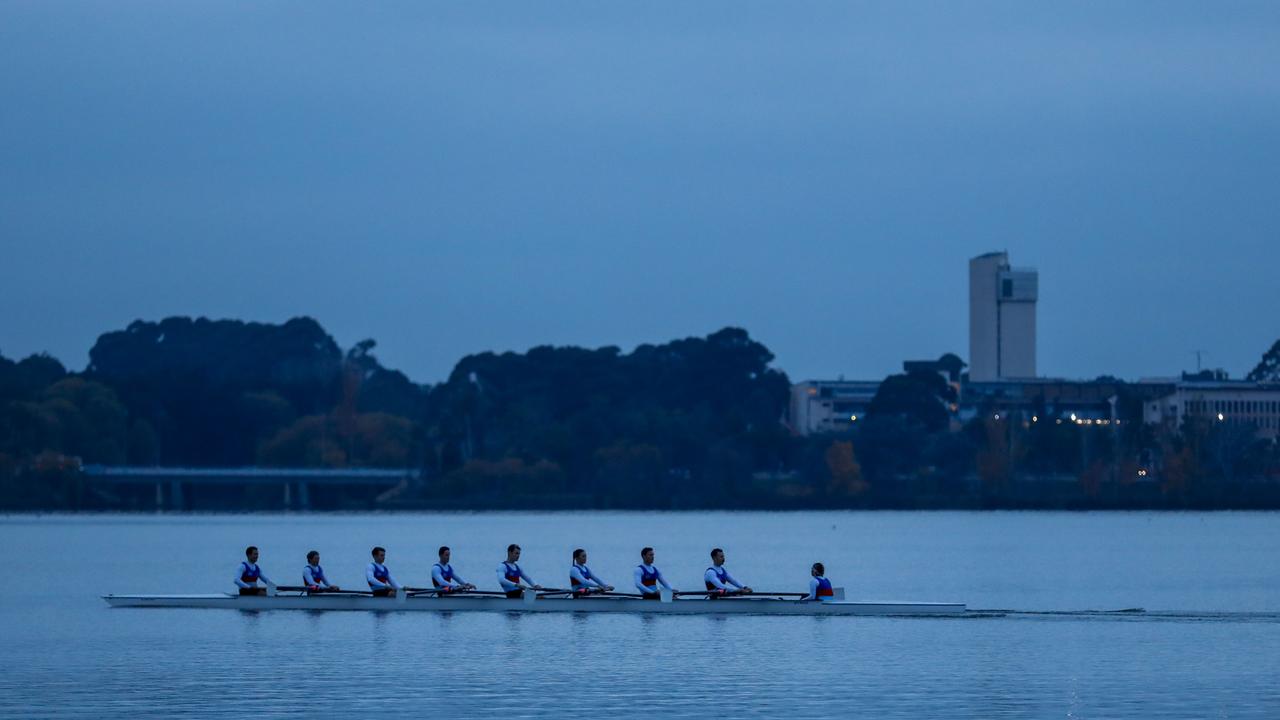
Western Australia, South Australia, the Northern Territory, Tasmania and the ACT could effectively remain at zero cases of community transmission with any new infections from outside their borders.
Modelling suggests a 95 per cent probability of “elimination achieved” if there are no community acquired cases after a month.
But there was little prospect of New South Wales and particularly Victoria achieving such a feat. So the strategy there is managing – known as suppressing – the virus. Despite closing its borders for months Prof Blakely said it was likely Queensland was also in “suppressionland” given the mysterious new case that appeared in the state’s north this week.
The problem with the suppression strategy was that it sounded good, akin to stamping out spot fires once in a while, but it was fraught with risk. A few instances of packed trains or bars with not many people wearing masks could spark a second wave, Prof Blakely said.
“Suppression will never fully see us opening anything near normal. But if states have eliminated then they can pretty much have a near normal situation.”
ELIMINATION STATES’ TOUGH CHOICE
Currently there are no restrictions for travel in and out of Victoria, NSW or the ACT but all the other states and territories have varying border controls. The assumption had been these border restrictions would begin to ratchet down sooner rather than later.
But with NSW, and to a lesser degree Victoria, easing restrictions despite new infections popping up that could mean the elimination states potentially inviting in the infected.
Prof Blakely said some states were having to grapple with a Hobson’s choice of what to do next, with no right answer.
“Do they guard their elimination and open up the economy, workplaces, restaurants but keep their borders closed with other parts of Australia?
“Or do the states say, ‘We’re all in this together and we’ll do better economically if open up borders and move to a suppression strategy,’ and Western Australia accepts a little bit of virus from Victoria?”
And if a state has achieved the gargantuan effort of zero cases, how do they explain to their residents that the next step is to potentially get new infections?
The issue of internal borders has become politically charged after Queensland Premier Annastacia Palaszczuk said she might not ease restriction for travellers from NSW until September. That led Gladys Berejiklian to retort that it would be ludicrous if Sydneysiders could fly to Auckland before they could fly to Brisbane.
But Prof Blakely said if New Zealand achieved elimination, the nation might not want to open to NSW anyway.
“It’s not inconceivable there could be a travel bubble between Western Australia and New Zealand, but not NSW. Which would see people fly over NSW to get there,” he said.
PLAN B NEEDED
For elimination states, a vaccine being introduced would provide a good moment to open the border gates. But who knows when that will occur?
Prof Blakely said he expected a vaccine would be found but it could still be a year away and it might not be 100 per cent effective.
“This means if a vaccine fails to eventuate in a timely manner, you will be in for very long border control or switching to another strategy.”
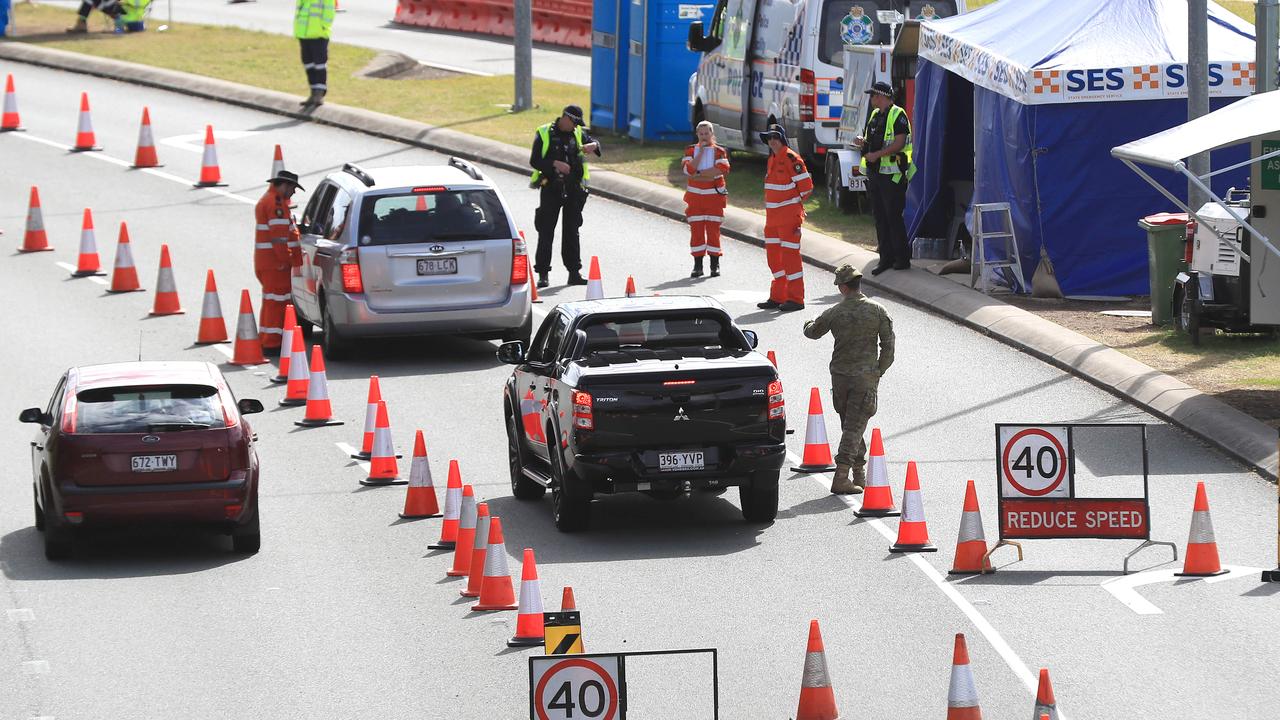
In the end, it might not be possible to cordon off separate states for that long. A plan B could even be for a grudging acceptance of some level of herd immunity to get the country moving again.
“If we use the ACT as an example, if NSW doesn’t eliminate, do they close their border and become a mini-Switzerland in Australia?
“Or do the ACT say, OK it’s unfortunate NSW didn’t achieve elimination but we really need free movement so we’ll just have to open up and accept we’re going into suppressionland.”
Alternatively, do NSW and Victoria – two states that between them house more than half Australia’s residents – go into another more stringent lockdown so they can try and achieve the elimination status already gained by the other states? And would people even be willing to go back indoors again?
“It’s the balance between spreading the virus and economic gain. And no one has the manual on that yet,” he said.
If he was the Premier of WA, SA or the like, Prof Blakely said he’d be jealously guarding the gains made by achieving elimination – at least for now.
“I’d rather live here or New Zealand than elsewhere because we have options and other places don’t have them. But with these options come tensions particularly between the states.”
The longer the ACT, NT and the elimination states stay at zero, and Victoria and NSW bubble along with new cases, the more those tensions will rise and alternative exit strategies will have to be found.



